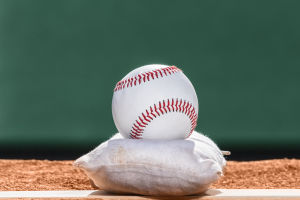Golf is a sport in which players use a variety of clubs to hit balls into a series of holes on a course in as few strokes as possible. This game, which can be played individually or in groups, revolves around the fundamental challenge of completing each hole with the minimum number of swings.
The player who completes the course with the fewest total strokes emerges as the winner, making golf a test of precision, strategy, and patience.
Most tournaments have nine or 18 holes. Golf is a sport with special charm that allows people to exercise, cultivate their sentiments, cultivate their character, and communicate skills in a beautiful natural environment. It is known as a "fashionable and elegant sport".
Golf clubs are the most important piece of equipment in this sport. If golf balls have changed a lot over the past few hundred years, then the changes in the clubs are even greater than the changes in the balls.
Scotland is the home of golf, with the first wooden club appearing in the 15th century. At that time, the wooden shafts were solid, the heads were heavy, and the grips were wrapped with genuine leather such as lambskin. Early wooden poles were often made of beech, but also apple, pear, and plum trees. These woods can all be used to create club heads. Later, the Scots introduced persimmon trees from North America.
Persimmon wood is dense and not easy to crack, making it a good material for making clubs. Persimmon wood is hard, with beautiful wood grain. Making wooden poles is very labor-intensive and requires drying and careful material selection. Although today, hundreds of years later, all-wood poles in the original sense are rare, there are still wood pole manufacturers that specialize in this craft.
To be precise, the manufacturing of persimmon poles only started in the 1890s. Golf historians believe that golf clubs were first made in the 15th and 16th centuries because people found fragments of club heads left over from the above-mentioned times in the Netherlands. Around the turn of the 18th century, metal-headed clubs appeared and later replaced long-nosed wooden clubs.
The reason for this is that no matter how hard the wooden club head is, it is not as hard as the iron club head. With the iron head, it is easier to use this kind of club to handle some particularly difficult balls.
In the evolution of the ball cup, not only the material of the club head has changed, but also the shape has changed. In addition to the early long-nose club heads and short-nose club heads, clubs with hard wooden shafts also had bulky, large concave heads with square toes, as well as round and oval club heads. In a golf course in 1850, people already saw not only the teeing wood and the 3-wood used on the fairway but also the putter and several irons.
New materials and new scientific and technological research results continue to promote the transformation and updating of clubs. At the beginning of the 20th century, iron rods were officially launched. In 1912, the first seamless irons were introduced in England. By the 1920s, irons with a complete range of categories and models were being marketed in the United States.
However, the official recognition of the irons' legality by authoritative golf bodies took some time. It wasn't until 1929 that the Royal and Ancient Golf Club of St. Andrews, one of the sport's governing institutions, formally acknowledged the legality of irons. This acceptance marked a crucial step in the standardization and regulation of golf equipment, reflecting the sport's evolving nature and the integration of technological advancements into its traditional framework.


